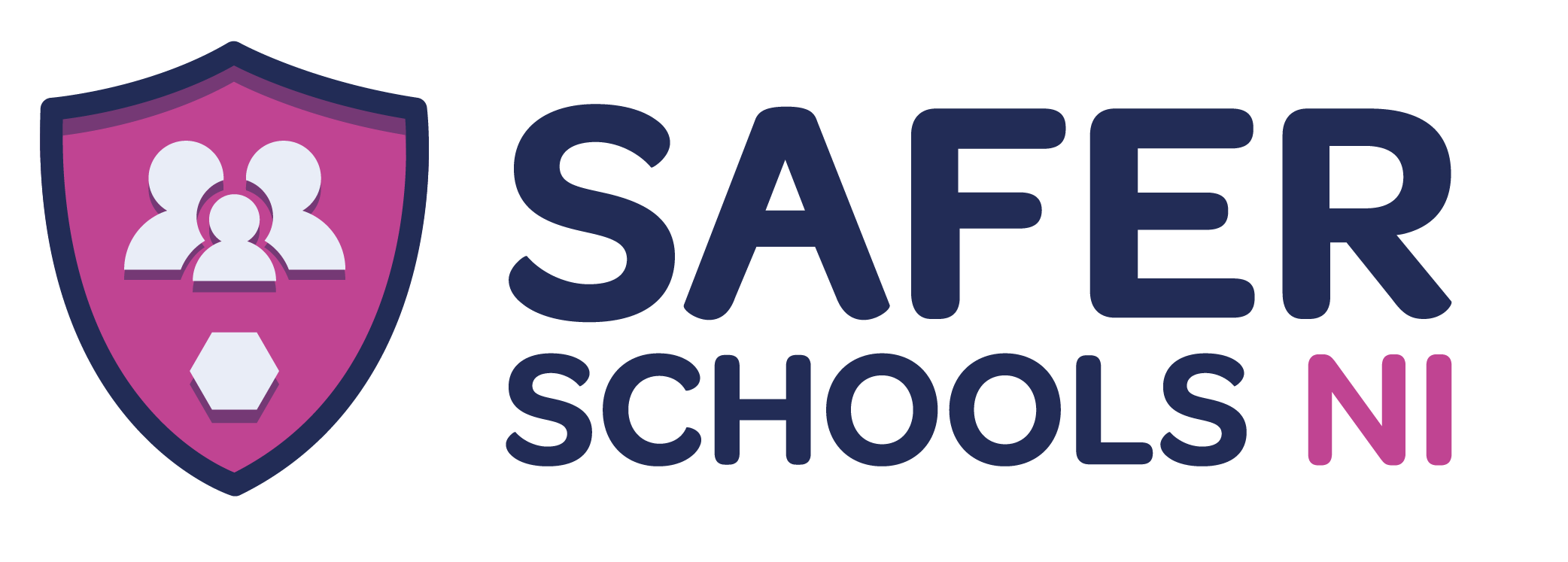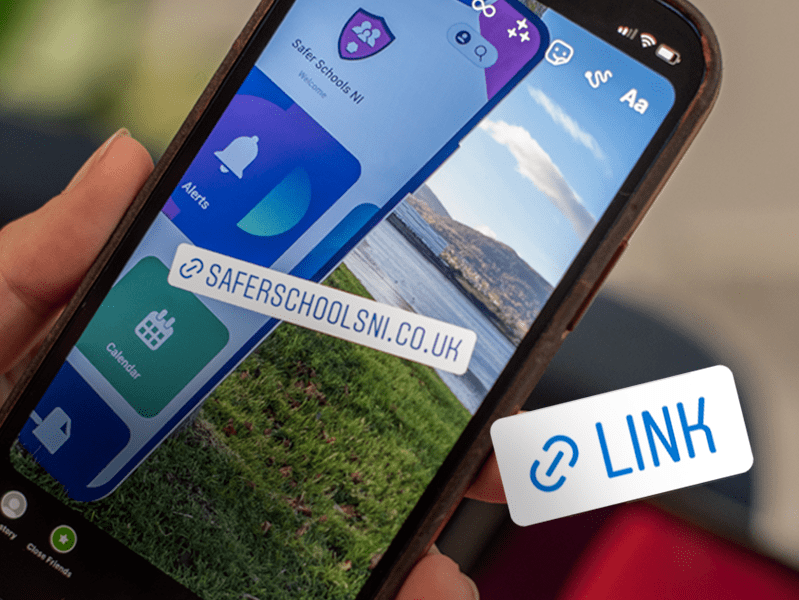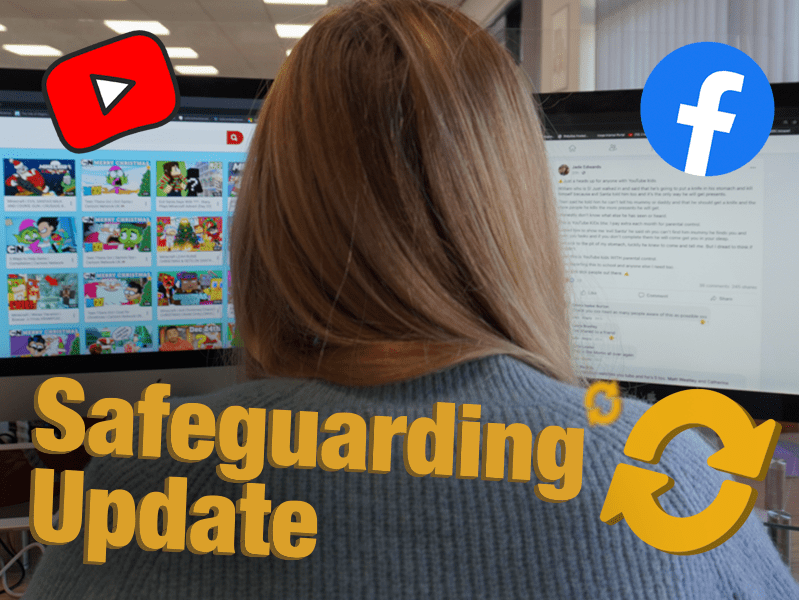Have you ever seen the term “troll” or “trolling” used on social media? If you look at the comment section of any controversial topic, you’ll likely find it. Trolling is typically used to irritate communities, fans of celebrity targets, or people who hold specific beliefs or positions of power. The seemingly anonymous nature of internet commenting allows “trolls” to operate without fear of punishment. However, trolling is considered a form of cyberbullying and can have a severe impact on offline life.
Trolling is defined by the NSPCC as: the sending of menacing or upsetting messages on social networks, chat rooms, or online games.
What Trolling and Cyberbullying Look Like Today
40% of school children who have been bullied said that lies or rumours about them had been shared online
48% of children said they feel they are more likely to be bullied on social media
Almost half of children surveyed didn’t tell their parents or carers about being bullied online
12% didn’t tell anyone at all
In November 2021, schools across Northern Ireland were targeted by TikTok accounts in which pupils rate their teachers. The videos caused “real distress” to those targeted, with some teachers taking sick leave as a result. The Police warned that some of the content was abusive and may constitute as a crime. They have urged schools to make pupils aware of the consequences of online cyberbullying and have asked schools and governors to cooperate with them during investigations.
Our brief on this incident can be found here.
Internet trolls who target people with abusive or offensive material online can be prosecuted under the Malicious Communications Act 1988 and can face a up to 2 years in prison if convicted. The Effects of Trolling on Children and Young People
Research conducted in 2018 for the Department for Digital, Culture, Media and Sport (DCMS) found the following impacts of trolling:
Psychological impacts which can include increased emotional distress and embarrassment, depression, anxiety, and post-traumatic stress disorder.
Behavioural impacts which can include substance misuse, withdrawal from social life, detrimental impacts on personal relationships, and (in extreme cases) self-harm behaviours and suicidal ideation.
For children who are being trolled, you may notice they seem agitated or frustrated when they are engaging with screens. They may also disengage with social media or stop playing video games online.
If a child or young person in your care is the victim of trolling:
Check how the young person is feeling about what happened. Approach the situation with open-ended questions and remember to be understanding.
Make sure they know bullying is wrong and that it’s not their fault.
Explain that interacting with trolls will encourage them to continue. Teach your child not to respond to online criticism and bullying.
Make sure all their social media profiles are set to private and remind them to only accept friend requests from people they know.
Show them how to block and report accounts or posts. Use our Safety Centre for a step-by-step guide of these functions on the most popular platforms.
If a child or young person in your care is trolling someone:
Do not get angry with them. Many young people consider trolling ‘a bit of fun’ and might not fully understand the impact of their behaviour. You can watch our video on talking to your child about online risks here.
This is a perfect opportunity to talk to your child about the impact bullying can have on others. Ask them to consider how they would feel if someone was bullying a friend or family member in this way.
Explain that anonymity online is limited. Social media platforms can and do work with police to identify users involved in online harassment.
It is also important to remind young people that internet trolls who target people with abusive or offensive material online may get into trouble with the law.
Trolling and cyberbullying remain a persistent problem in the online world. Remember to take active steps to educate yourself so that you can better protect the children and young people in your care.
For a useful tool to help children and young people navigate their emotional journeys, teach them to use our Emotions Journal.








